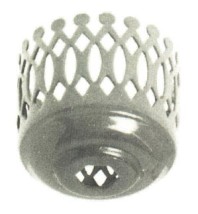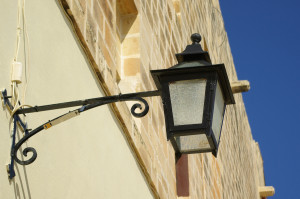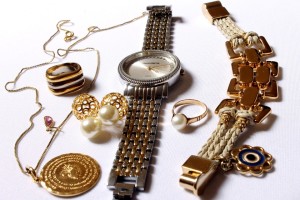Think back to your younger days. There was always that one gorgeous guy or gal. Or that phenomenal sports athlete. Or a Hollywood celebrity. They always had something in common: good looks.
Younger you adored them. You finally got a chance to meet them and… you were a little disappointed because their personality was horrible.
The moral of the story? There’s more to life than good looks.
The same can be said about our decorative stamping, something we do here at Charles Richter.
Sure, the products we manufacture end up looking great, but that’s just one reason why decorative pieces continue to be a popular segment in the metal stamping industry.
Customization
Like other metal stampings, decorative pieces can come from a variety of materials. Popular choices include steel, copper, brass, stainless steel and aluminum – it all depends on your project’s needs. Not sure which to pick? Most manufacturers have a team of engineers, just as we do, to help you decide, and will walk you through each step of the manufacturing process.
Many metal stamping machines are a result of the industry evolving daily. These machines create products that come in all different shapes and sizes, allowing customers to customize stampings for their liking. This includes metal embossing, scalloped edging, galleraties patterns, and more.
Daily Presence
Take a look around the room you’re in right now. I’m willing to bet that there’s at least a few decorative metal pieces present (unless you’re in a padded room with no windows or something…).
A popular place to see these products is in lighting parts, including lamps and light fixtures. Other common pieces include handrails, gates, jewelry, electronics and more.
Durability
Again, decorative metal stampings have to do much more than simply look good. Since decorative stampings are so frequently used, they must be durable. That includes inside and outside. While the finishing process gives these pieces their glossy, attractive looks, it also serves the purpose of protecting the piece.
Decorative pieces – depending on the project – must be able to withstand the elements. That includes rain, snow, wind, hail and more.They must also endure intense temperatures, both hot and cold. Lighting fixtures can become very hot while handrails can become frigid in the winter. Decorative pieces must sustain everyday wear and tear, like in jewelry. Imagine how many times you bump into a table or drop that ring you’re wearing.
So the next time fancy metalwork catches your eye and makes you say “Woah, that’s pretty cool,” just remember: Charles Richter can do that, and more!



